Fitness Industry Imagery Trends for 2019

It’s 2019, and you know what that means: New Year’s resolutions. The leading resolution? Getting fit.
January is a great time of year for fitness professionals and facilities to build their businesses. But did you know a whopping 80% of New Year’s resolutions are given up by February of that same year?
It sounds intimidating, but you can keep your business going strong all year by showing great imagery, promising realistic results, and making the idea of fitness comfortable, inclusive, and accessible.
Even though there’s no right way to get sweaty this year, there are right ways to show the results of serious hard work. 93% of human communication is visual, and that means the imagery you use this year can make or break your marketing goals.
Whether your clients are just peeking in to check out your new digs, or looking for inspiration on the latest and greatest workouts you have to offer, these imagery tips can help bulk up the impact of all your marketing campaigns!
Want more insight into the New Year? Register for our webinar: “3 Email Marketing Trends for Small Business in 2019″
Be inclusive
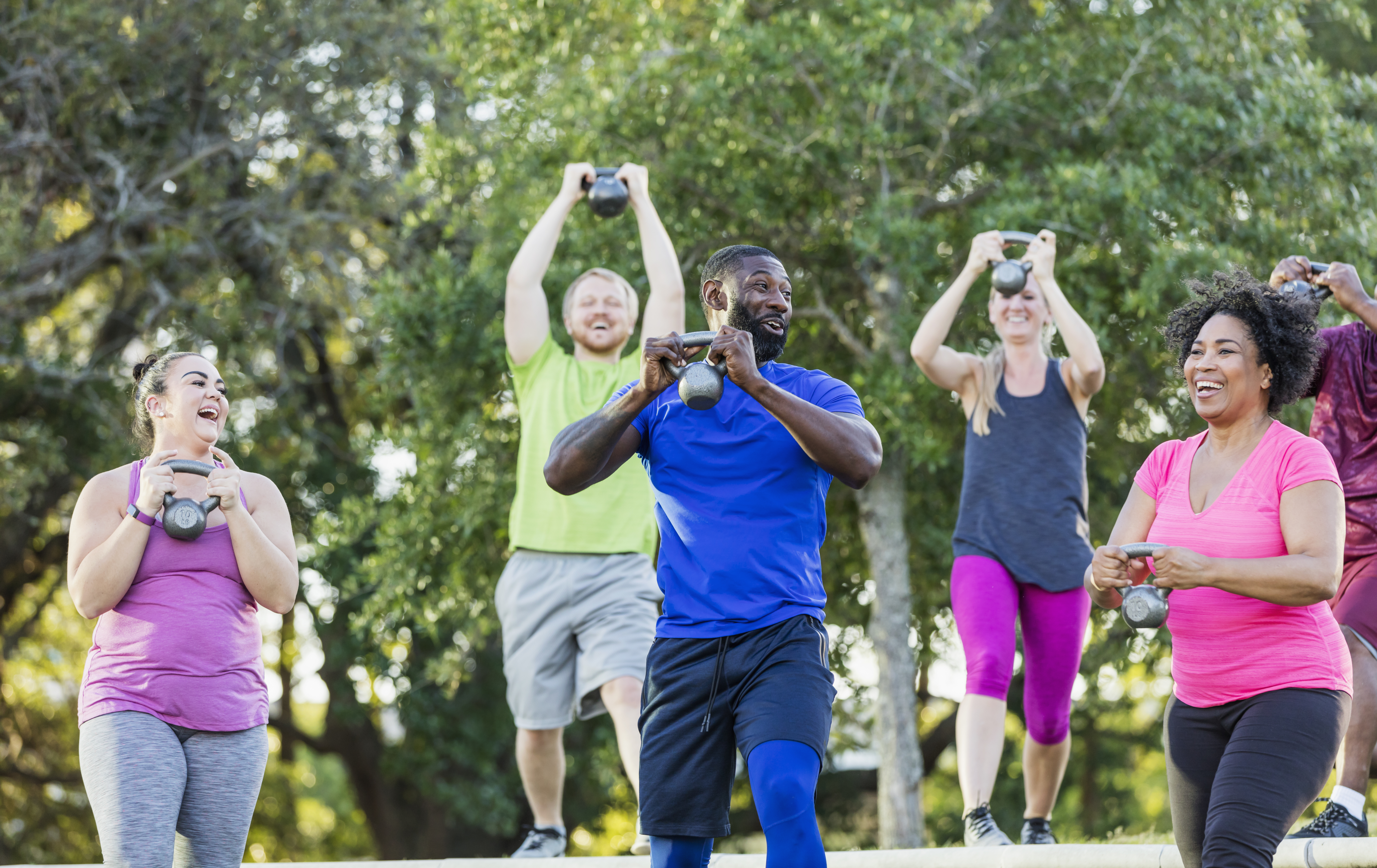
While you don’t have to show every possible client in one photo, it’s best to keep stock photos as diverse as possible. That includes age, race, ability, and fitness level. Unless you’re specifically advertising to people who are already in top shape and fall neatly into one box, you’ll have the best luck drawing in clients by being inclusive.
Clients are more likely to return to places where they feel supported and where they feel like they belong, so do your best to show diverse models when possible. Plus your products, classes, or services look more appealing and accessible if many different people are using them in their daily lives!
It’s okay if kids aren’t able to participate in your activity, or if your gym is child-free, but do try to make your photography feature people from ages 18-50+.
If you’re shooting your own photography, and you’re feeling like your clientele doesn’t offer the kind of diversity you’re looking for, you can always supplement with stock photography, such as images from Canva, Unsplash, or Shutterstock. This can also be a great way to market to the general population and diversify your client base, or find new opportunities to offer classes, products, and services to those who may be differently abled or limited by age.
Show realistic results
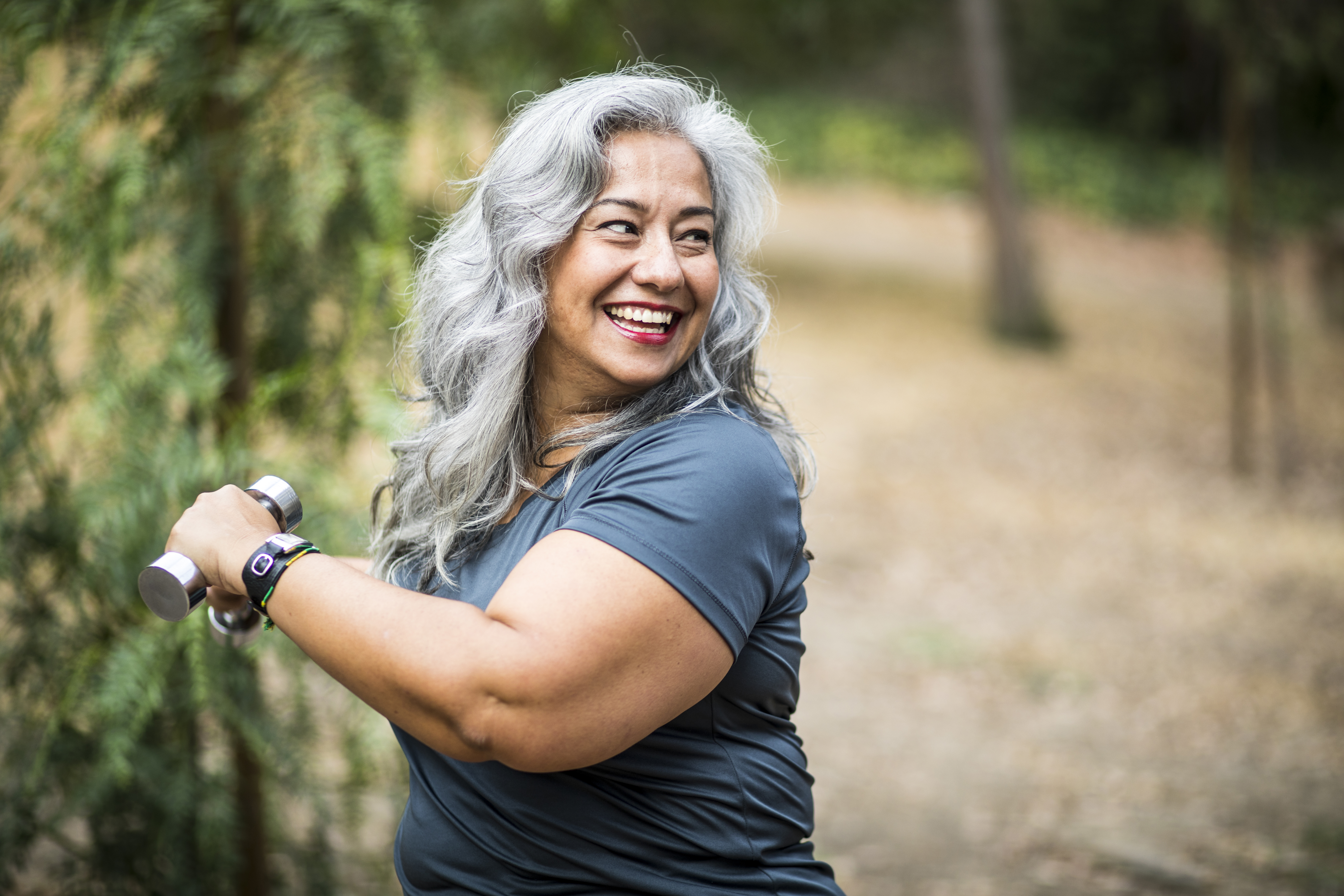
If there’s one thing fitness photography tends to be guilty of, it’s too much skin and unrealistic results! Showing unrealistic or unattainable standards may cause your clients to become discouraged, or even disengage with your business. Make wellness the focus of your images, not your model’s assets.
Another thing to consider is how and when to feature people as the primary focus of your imagery. You also need to anticipate what clients may be looking for when they come to workout with you – if you specialize in strength-training, show realistic, accurate results of how that might look. If you’re offering Pilates classes, or promising health without the bulk, make sure your models look like how your clients might expect to look after a year or two of classes, and a healthy diet.
That’s not to say you can never show off a particularly fit client who benefited from your workout regimens, or that you can’t show a model who conveys truly impressive results. In these cases, do minimal retouching (and make sure to work with your client about what they’re comfortable with), even when making lighting or contrast choices.
Consider sharing the healthy methods the client used, a short interview about the changes they experienced, or other content that can accompany your photos and market your services. Keep your content focused on their health, the benefits from your services or products, and how much better they feel now that they have incorporated fitness into their lives.
Keep your location photography realistic
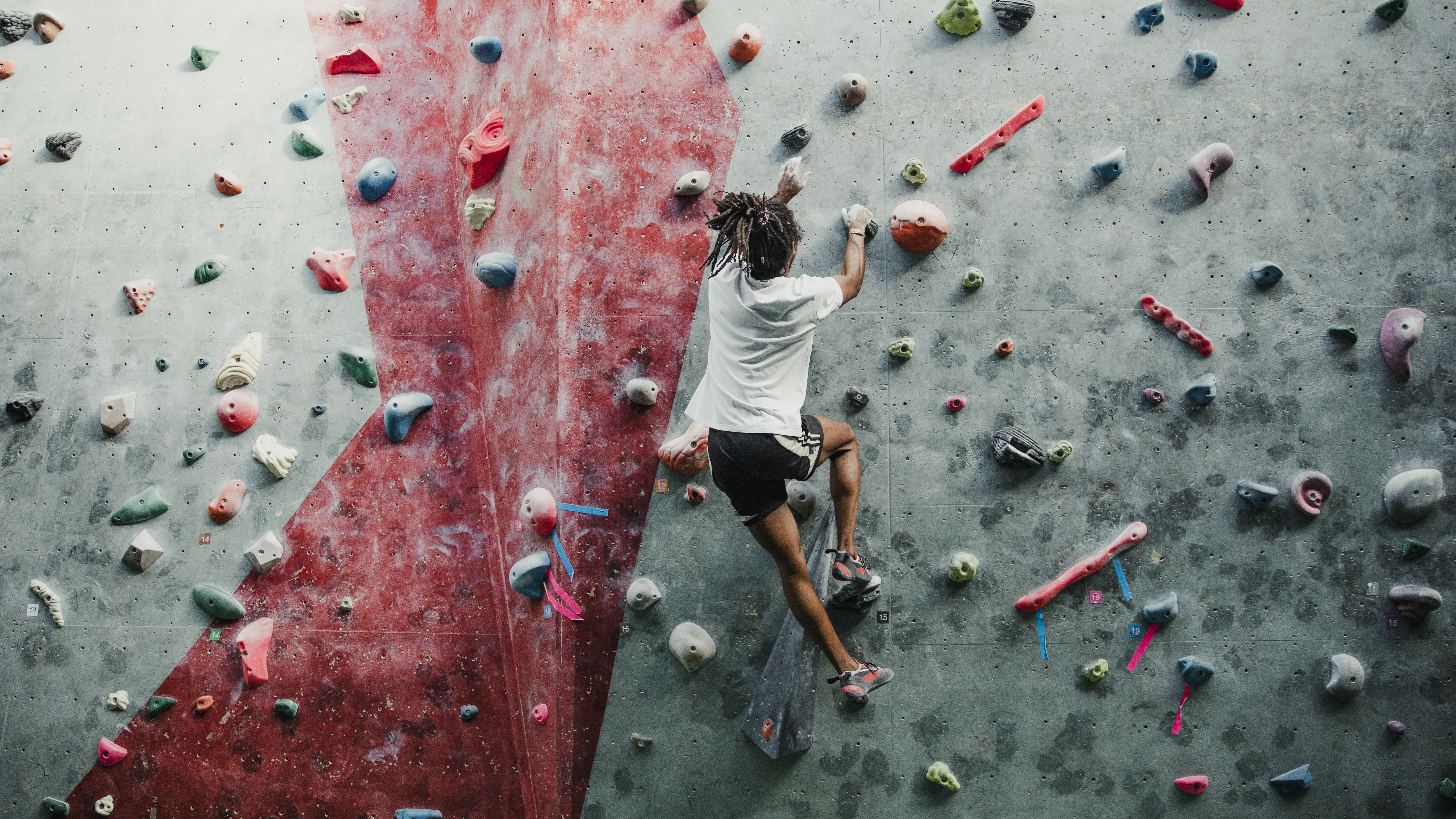
What does your gym or facility usually look like? If your customers prefer to workout in a light, airy yoga studio with tons of windows, you’ll want to avoid imagery that shows people sweating it out in a dark, windowless, brick room. While each workout area has its purpose, you don’t want clients to be won over by the airy (or dark) environment you promise them, and then walk out without signing up because they’re disappointed by the actual environment.
It’s okay if you’re just starting out, or if your facility isn’t 100% perfect. In these cases, you can take or select equipment-based photography, close-ups of people in workout gear, and more. If you’re committed to getting some great, quality shots of your actual business location, check out some of these tips for real estate photography – after all, you’re selling the idea of spending a significant amount of time at your facility to potential clients! And if you need photography tips, check out this list for ways to make your interior look even better.
As mentioned above, this doesn’t just apply to locations, either – make sure to look out for models who have been artificially touched up, or those that are obviously unrealistic. It’s better for your business, and your clients!
Some great tips to start:
- Use natural light when possible, but don’t be afraid to supplement with artificial or ambient lighting, when necessary.
- Focus on features you really like at your location, like that awesome, aged brick wall right behind the front desk, the mirrors in your dance studio, or even just the weight racks. Every room offers a great focal point.
- Make sure your location or equipment is clutter-free, clean, and ready to use. Decide beforehand if you want people in the shot or not, and try to shoot when the place is buzzing if you do! Invest in some scene-setting items, like a nicely designed piece of equipment, drapes for the windows, or even just a simple paint job.
Use well-lit, well-edited photography
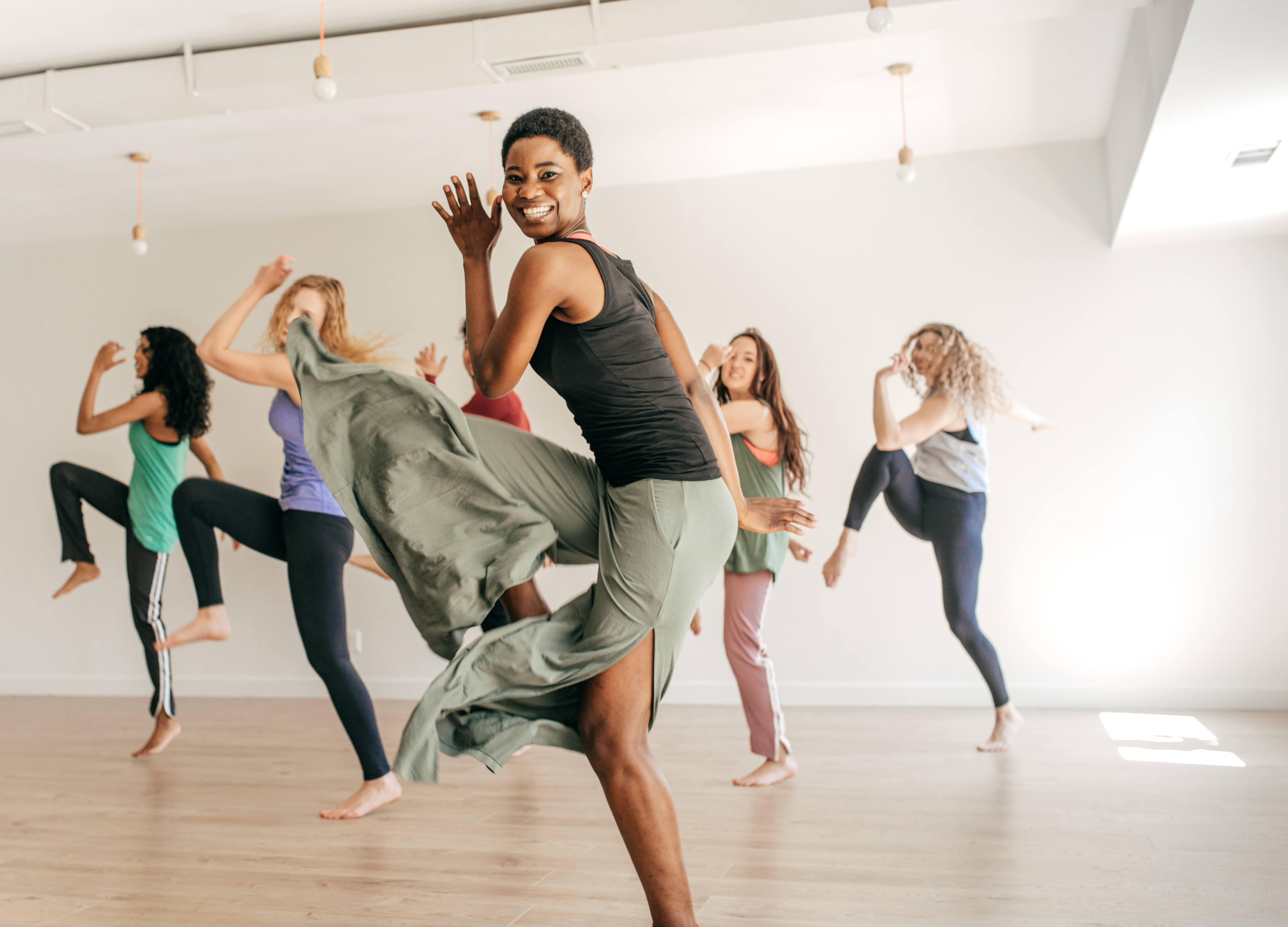
If there’s one resolution we should all commit to discontinuing in 2019, it’s to stop using photography treatments like extreme lens flares, plastic looking skin, and overly contrasted photos. A little bit of retouching is just fine. A lot of retouching can make it look like your place is a pitch-black cave where people learn to fight monsters, while somehow also being on the sun. Unless you’re training the next generation of gladiators, natural and ambient lighting is almost always your friend.
Figure out the look and feel you want – then stick to it
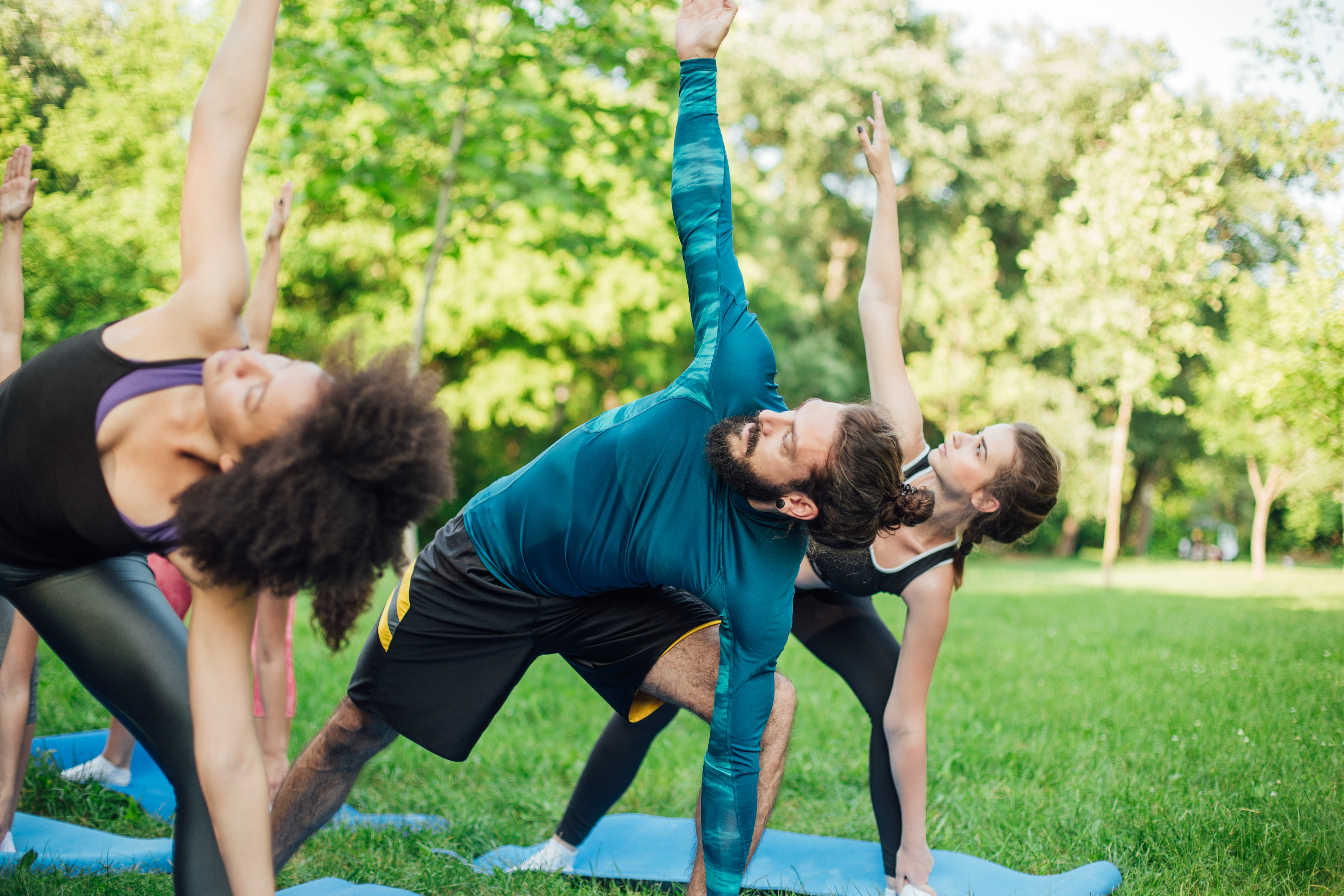
This is especially important if you’re looking for stock photography, but people who take their own photography can fall into this trap as well. It’s fine to have indoor shots look one way, and outdoor shots look another, but even then you want to try and keep lighting and composition consistent. The absolute last thing you want is for every image to look completely different.
Try looking for people in similar environments, or doing similar activities together. Something that can be helpful is to lay out all of your photography together on a tabletop (or even just on Google Photos), and see what sticks out in the wrong way – it should be obvious! Be mindful of the small details, and try to look for high quality photography.
If you’re taking your own shots, consider working in product placements, marketing materials (like that welcome packet you designed in 2018), or happy employees and clients.
Make 2019 your (and your customer’s) best year
- Consider sending out an email inviting clients to participate in a photo shoot as part of a client appreciation event. Try offering their photos for them to use on their own social media accounts, or branded merchandise to get the word out about your business as an incentive. When taking photos of customers, make sure to get signed photo releases.
- Are you a fitness expert? Show off your work out! If it’s just you and a friend or business partner, show customers how to upload their results periodically. This is a great way to show off your skills, flaunt your location, and get real-life progress shots in the moment all at once.
- Using strictly stock photography? Check out what your competition is using and try to find photos of equal or higher quality.
- Use social media to engage with your audience. Remember, over 90% of human communication is visual, so consider signing up for Facebook, Instagram, or Pinterest to show off your products, routines, and results.
Above all, you want to promise clients exactly what they’ll receive from you – a year of chances to meet their goals and improve their health, fitness, or wellness. Take some time in 2019 to really communicate with your client-base, set, and manage their expectations, to turn their satisfaction with your business into profits, referrals, and #goals you can enjoy next year!
Want more insight into the New Year? Register for our webinar: “3 Email Marketing Trends for Small Business in 2019″
The post Fitness Industry Imagery Trends for 2019 appeared first on Constant Contact Blogs.
Contributers : Constant Contact Blogs https://conta.cc/2CcRaIe
















No comments:
Post a Comment